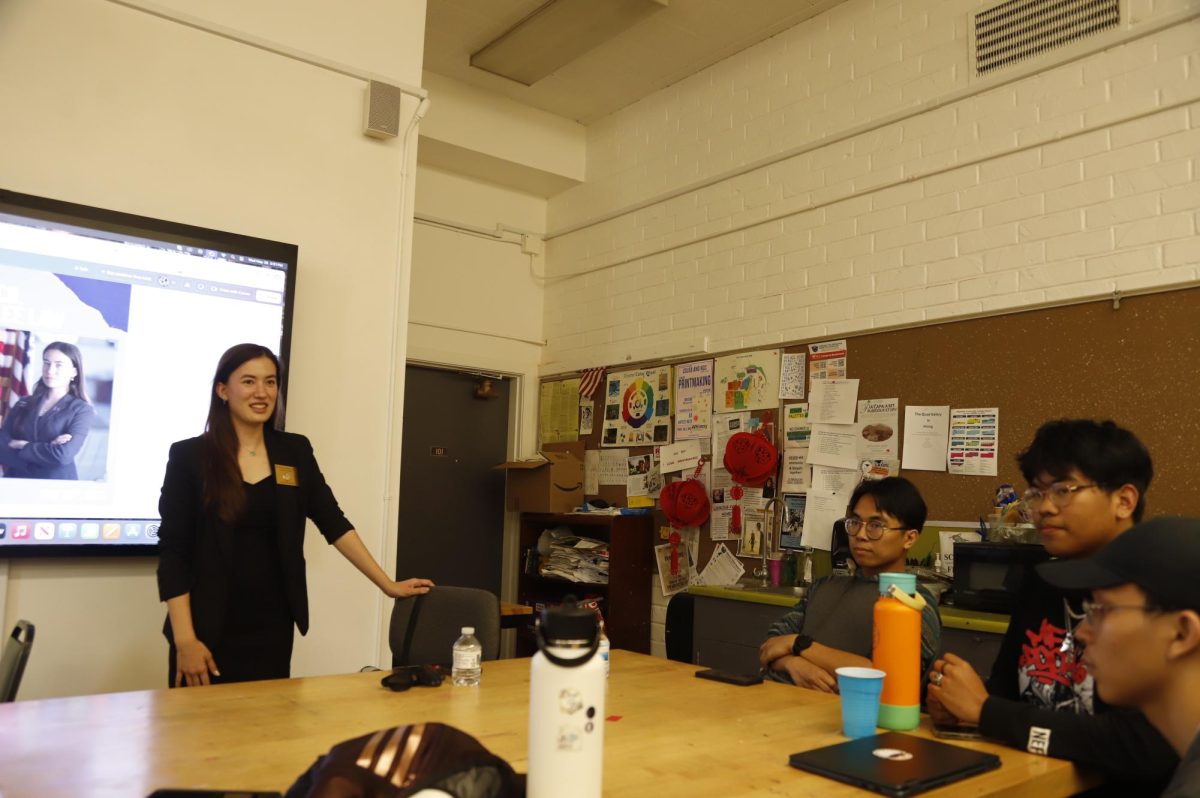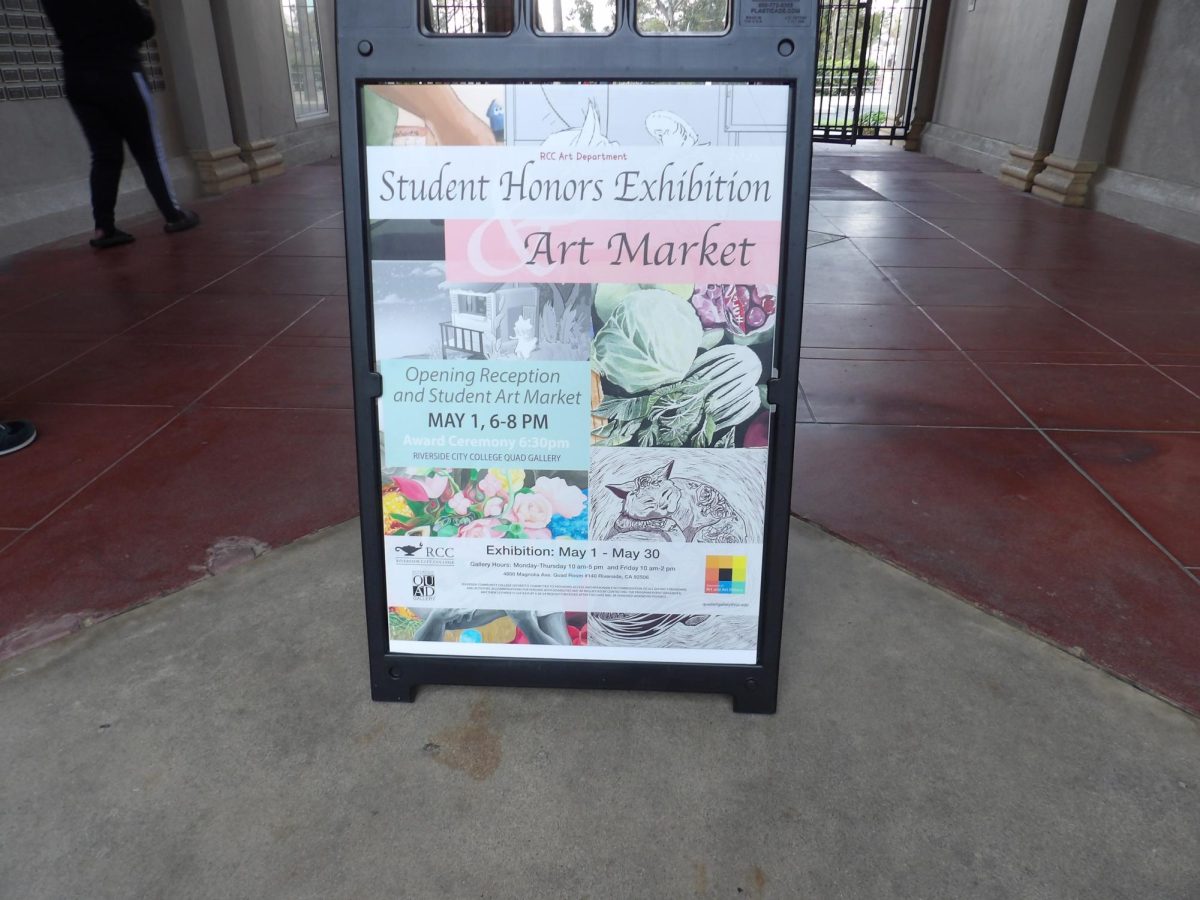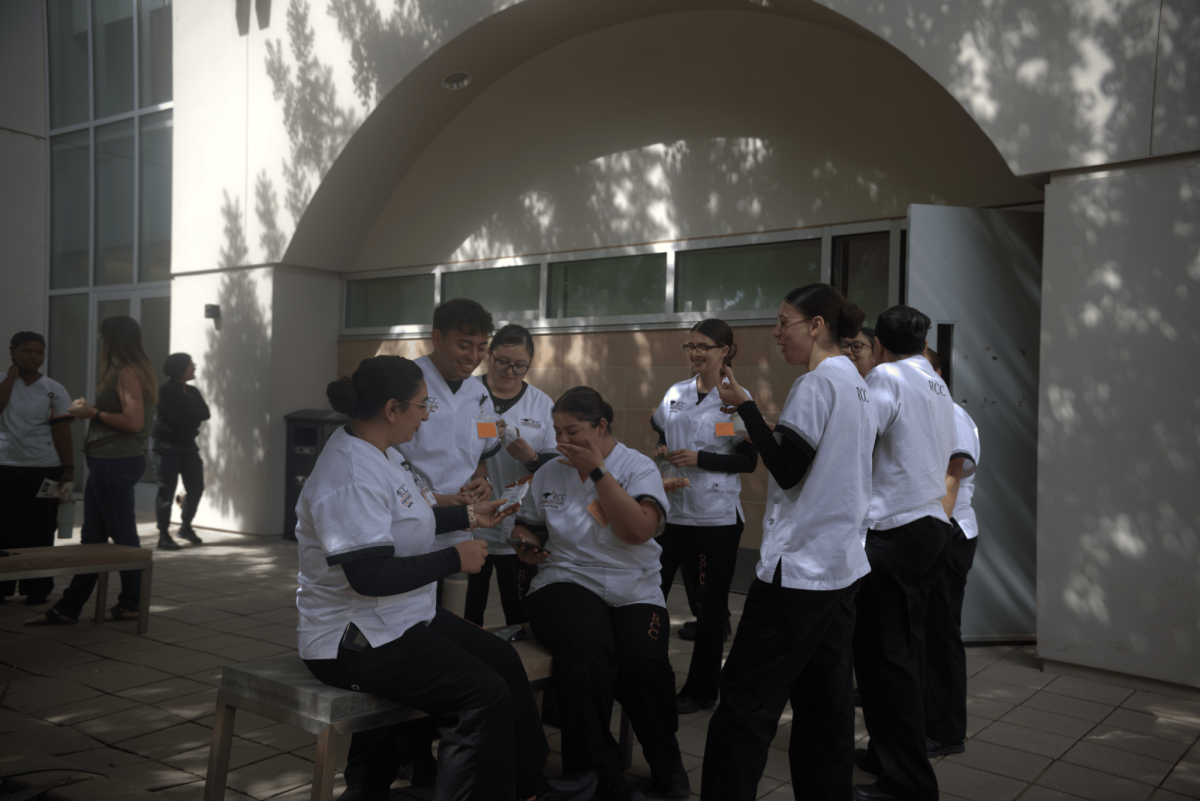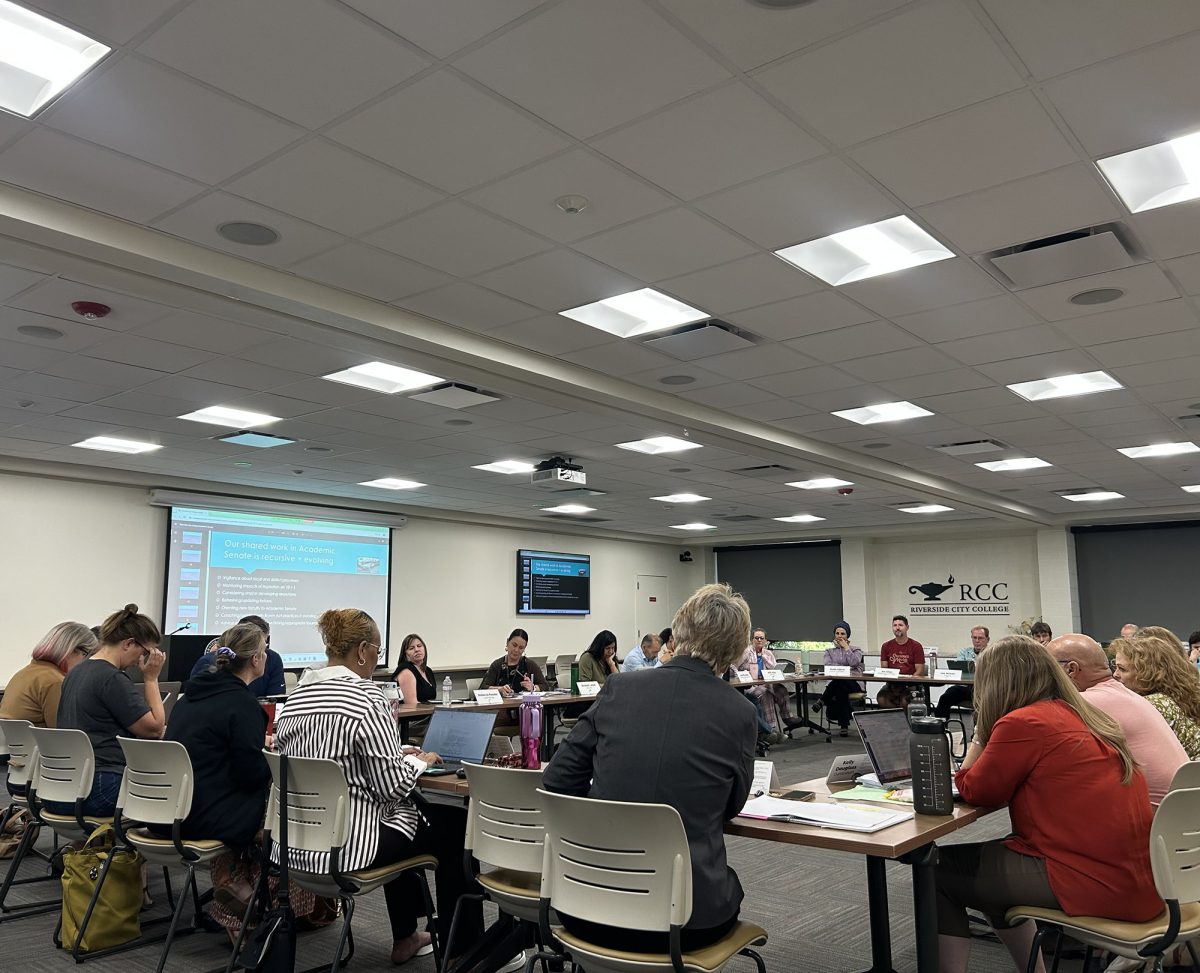Brittany Nikodym
Staff Writer
Every spring as temperatures rise in Riverside, a furry storm approaches.
Shelters across Riverside are preparing for “Kitten Season,” the time of year when female cats produce heaps of kittens. Although an influx of kittens may seem like an adorable problem, the lack of homes resulted in the euthanasia of an estimated 3,000 cats and kittens last year in the city of Riverside alone. The total euthanized in the county exceeded 10,000 last year, and unless something changes the death toll may rise.
“During kitten season shelters put down as many as 50-100 kittens a day,” said Sharon Goloskie, who runs Wayfairing Felines, a small feline rescue in Riverside. “What we need is education, especially for young students. When children learn something, they generally pass it along to their families.”
“It’s something really important that needs to be addressed,” said Clarice Ochoa, a student from RCC who plans to major in business. “Not a lot of people know about it and
it’s very sad,”
“Kitten Season” generally begins in March or April, when the warm weather prompts female cats to go into heat and lasts into the fall. The lack of a lengthy cold weather season in Southern California makes population control of feral cats a real concern.
“A female cat can have two to 18 kittens per litter, and three litters per year. If all of those kittens don’t get spayed – well you can do the math,” said Kimberlee Powell, the Foster Care coordinator at Mary S. Roberts. “Encourage people to spay and neuter, provide education if you see an unspayed cat outdoors.”
According to Riverside County Ordinance No. 630 section 3, it is actually illegal to keep unaltered cats outdoors. “The most important thing people can do is to get their cats spayed or neutered…. cats can become pregnant at as young as four weeks old.” said Rudy Gonzalez, an Animal Care Technician from Riverside Animal control. While students with cats may find the cost of altering their feline cost prohibitive, low cost options are available.
According to their websites, both the Mary S. Roberts Pet Adoption Center and Riverside Animal Control offer spay and neuter services for cats for $40.
To date, there are no formal Trap, Neuter and Release programs in Riverside County. While many counties have established TNR programs, Riverside County has no formal organizations to assist residents in neutering feral cats.
While TNR is a great way to impact stray populations in the community, many students find it cost prohibitive. Volunteering at a local shelter or rescue group can help increase in the amount of animals placed in homes. Volunteering also helps build valuable experience for those looking to transfer to other colleges, or pursue animal
based careers.
“Time is one of the best things you can give.” said Kimberlee Powell, “Many college students want to travel after graduating, so fostering is a good option.”
Fostering a cat or kitten is short-term commitment, with little to no cost as most adoption centers provide food and veterinary care. Giving a cat a safe place to stay until a place is made in the shelter or adoption center is one way to make a big impact.
Kittens under 8 weeks can’t be adopted out, and need extra care, the youngest requiring bottle feeding every two hours, so it’s important to foster an age group that fits your lifestyle. Older kittens and cats that are waiting for a space to open up in the shelter may be a better fit for a student with a heavy study schedule, while younger kittens may be a better choice for those with lighter loads.
Encouraging people to adopt cats from the shelter rather than picking up kittens from craigslist or neighborhood litters also cuts down on the amount of unwanted litters, and saves lives.
Of all of the animals that entered shelters over the past seven months, an estimated 26 percent of dogs and 72 percent of cats were euthanized. Through fostering, volunteering, education and TNR, students can make an impact to significantly decrease the amount of companion animal euthanasia in Riverside.












